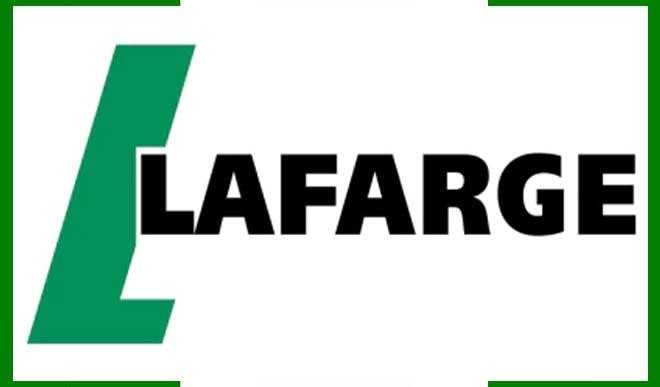LafargeHolcim targets 25 million affordable houses
Lafarge Africa Plc says its parent company, LafargeHolcim, is targeting to make 25 million people beneficiaries of its affordable homeownership scheme globally by 2020, with Nigeria representing a significant figure. The firm said it inaugurated its affordable housing scheme, known as Lafarge Easy Home, three years ago and so far, 30,000 people had been impacted. […]


Lafarge Africa Plc says its parent company, LafargeHolcim, is targeting to make 25 million people beneficiaries of its affordable homeownership scheme globally by 2020, with Nigeria representing a significant figure.
The firm said it inaugurated its affordable housing scheme, known as Lafarge Easy Home, three years ago and so far, 30,000 people had been impacted.
According to Lafarge Africa’s Affordable Housing Manager, Mr. Aurelien Boyer, the scheme is open to everyone who wishes to build a house, adding that “there are no conditions, beneficiaries are, however, expected to use Lafarge cement and blocks, because we are confident in their suitability.”
He said that under the scheme, beneficiaries would be provided with free designs and construction estimates through an application created for the purpose, technical advisors on site and financial assistance through partnering microfinance banks.
Boyer also explained: “There is a very big, growing need for housing as people migrate to cities. Easy Homes is a Lafarge scheme and if beneficiaries need artisans or funds, our partners come in to provide these. Beneficiaries can be business owners, salary earners or civil servants; all they need is to have a stable income.
“Also, Lafarge is not in the business of selling land, so the scheme supports Nigerians who already own their own land and want to build. It is a solution for low-income earners, earning between N20,000 and N300,000, and aiming to build their homes.
“Considering that most low-income earners want to build bit by bit, the scheme seeks to not just meet this need but ultimately accelerate it to a three-month to two-year period, depending on capacity.”
